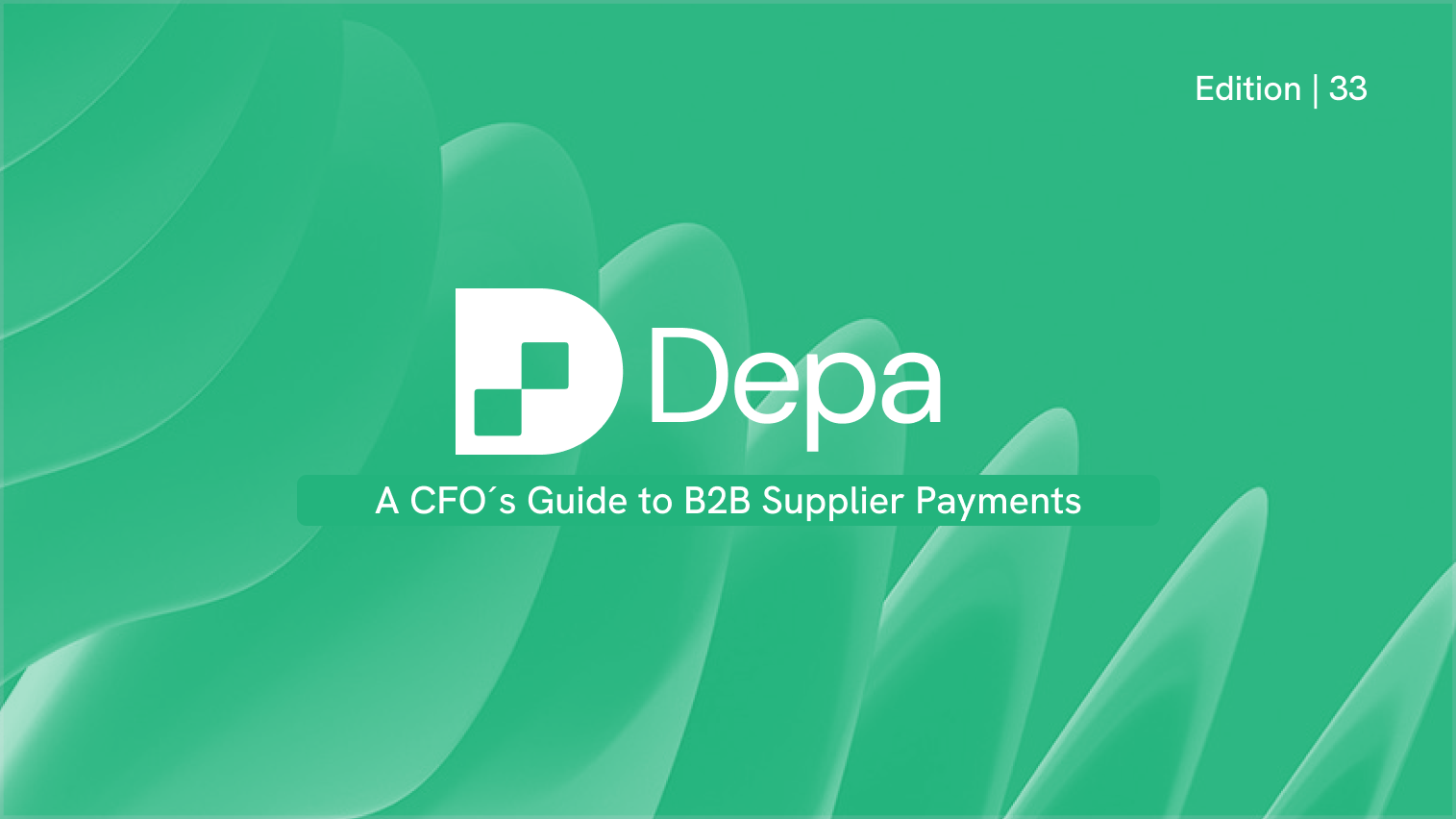Hello Depa Digest fam 👋, and welcome to our July series on B2B payments with stablecoins! This month we’re spotlighting how stablecoins can transform B2B supplier payments, from core mechanics and cost savings to lightning-fast settlement and treasury optimization. This week, we will be talking about the “stablecoin sandwich” model 🥪, on-ramping your fiat into USDC, sending it on-chain, and off-ramping back to local currency. You’ll learn how this approach delivers 24/7 liquidity, cuts fees, and automates reconciliation so your team can focus on strategic priorities. Let’s get to business 🤝:
Paying suppliers via traditional bank wires often ties up cash for days, incurs hefty fees, and requires manual reconciliation.
Enter the “stablecoin sandwich”, an on-chain payment model that on-ramps fiat into a stablecoin (e.g., USDC), moves value instantly across borders, then off-ramps back into local currency.
In this article, we’ll explore how deploying a stablecoin sandwich can transform your supplier payments with 24/7 liquidity, cost savings, and real-time auditability.
The Stablecoin Sandwich Explained 🥪
The Stablecoin Sandwich (as we all call it) it is basically a 3-steps movement.
On-Ramp Fiat → USDC → Off-Ramp Fiat
1. On-Ramp:
- The payer converts fiat currency (e.g. EUR, GBP, USD) into USDC via a licensed gateway.
- Funds are now on-chain, USD equivalent stablecoins appear in the payer’s wallet.
2. On-Chain Transfer:
- USDC moves directly to the supplier’s on-chain address, settling in a matter of minutes.
- No correspondent banks; peer-to-peer transfer on public blockchains ensures speed and transparency.
3. Off-Ramp:
- The supplier redeems USDC into local fiat (MXN, INR, NGN, HKD, etc.) through a local partner that provides fiat liquidity.
- Funds deposit into their bank account anytime, without cut-off windows.
Core Benefits for B2B Supplier Payments
24/7 Liquidity
- On-chain rails operate around the clock, eliminating constraints of banking hours or holidays. Suppliers in any time zone can be paid instantly.
Cost Reduction
- Traditional cross border payments fees (2–8% per transfer) collapse to stablecoins sandwich fees (less than 1% per transfer).
Cash-Flow Predictability
- Funds settle in minutes, removing float. Finance teams can forecast and deploy working capital with confidence.
Real-Time Audit Trails
- Every transaction hash is publicly visible. Automated reconciliation replaces emailed confirmation PDFs and manual ledger entries.
Liquidity Management & Capital Efficiency
Implementing a hybrid model, combining bank pre-funding and stablecoin liquidity providers, yields:
- Improvements in capital efficiency by reducing idle balances in local accounts .
- Lower operational costs in emerging-market corridors thanks to dynamic allocation and reduced banking fees.
With a stablecoin sandwich, you maintain lean pre-funding/topping up local accounts only when off-ramp demand arises.
Integration Blueprint
- Select Corridors: Begin with high-volume supplier relationships in regions with costly banking fees or slow settlement.
- API Connection: Integrate Depa’s on-ramp and off-ramp endpoints into your payment platform.
- Wallet Setup: Use single-sign-on custody or multi-sig wallets for corporate security.
- Testing: Run low-value pilot payments to validate settlement times, fee structures, and reconciliation flows.
- Go-Live & Expand: Scale to additional suppliers and corridors once KPIs (speed, cost, accuracy) meet targets.
Risk & Compliance Considerations
- KYC/AML: On-ramp providers perform identity verification; ensure partners meet your compliance standards.
- Regulatory Alignment: Monitor local regulations for digital-asset services; work with licensed VASPs.
- Technical Security: Employ audited smart contracts and robust key-management practices.
Choosing a platform like Depa ensures compliance and security are built into every API call.
Measuring Success
Track these key metrics to quantify ROI:
- Settlement Time: Reduction from T+2/T+3 days to T+1/T+0.
- Fee Savings: Percentage reduction in total transaction cost (target: ≥70% savings) .
- Reconciliation Effort: Hours saved per month in Automated Payments processing.
- Capital Turnover: Increase in working-capital velocity (target: 2–3× faster recycling) .
Enjoyed this guide?
Subscribe to our newsletter to get more insights around stablecoins.
And now that you have got here, thank you for reading this week’s edition of Depa Digest! We really appreciate your time and commitment to staying informed on the latest news in our ecosystem. If you have any insights regarding this topic, feel free to share it with us in the comments!
This article was written by Javier Perez, Corporate Growth & Partnerships at Depa.
If you’d like to learn more about how Depa is helping to shape the future of digital asset infrastructure, visit our website at depa.finance. See you in the next edition! 🚀
